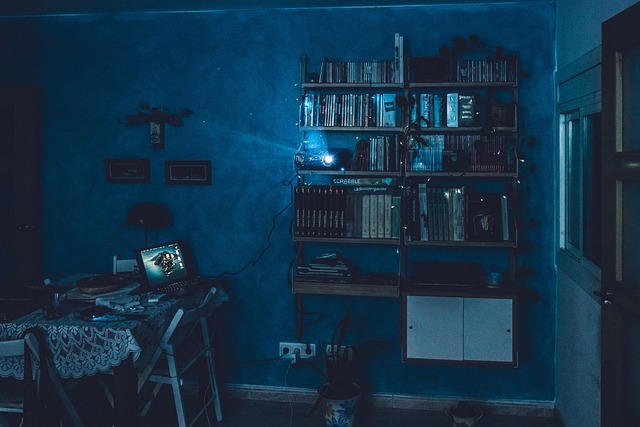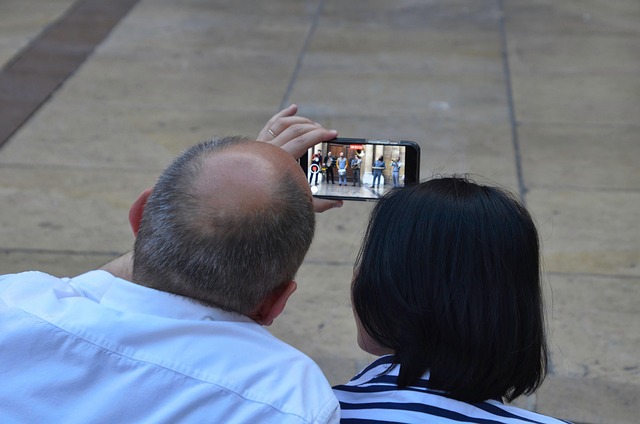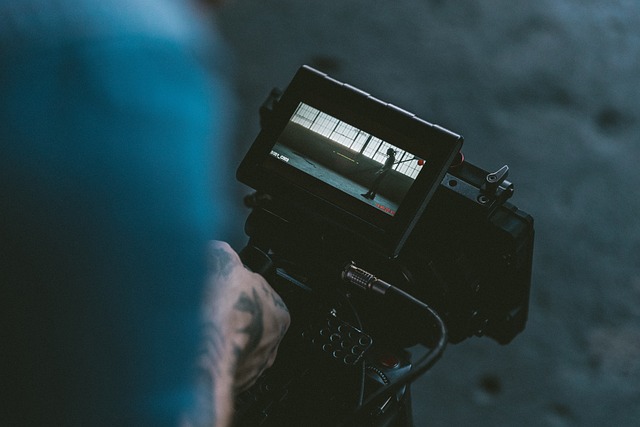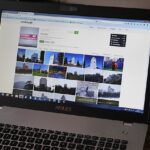Preparing for on-camera interviews blends natural conversation with structured scripts to balance expertise and confidence. Optimize lighting, backgrounds, and noise control for high-quality video content. Effective body language, like eye contact and gestures, enhances engagement and builds trust in remote interactions, making videos more dynamic and memorable. Leverage video-based emotional intelligence training for insights on non-verbal cues.
“Acing a camera interview? These tips will transform your on-screen presence. First, practice makes perfect—rehearse and script your interview like it’s a live broadcast. Next, create a clean, distraction-free background that enhances, not distracts, from your message. Master body language: make eye contact, use gestures, and smile naturally. With these strategies, you’ll engage viewers and deliver powerful performances in any video interview.”
- Prepare Like You're Practicing: Rehearse and Script Your Interview
- Master Visuals and Backgrounds: Clean Space for Clear Communication
- Engage with Body Language: Make Eye Contact, Use Gestures, Smile
Prepare Like You're Practicing: Rehearse and Script Your Interview

Preparing for a camera interview is similar to practicing, but with a crucial difference—you want to ensure your performance feels natural, not scripted. Rehearse your answers as if you were having an in-person conversation, focusing on key points and stories that highlight your expertise or the value you bring to the role. Once comfortable, script your interview. Write down the main topics to be covered and practice saying them aloud. This method helps you maintain a steady pace, ensures you touch on all essential points, and allows for spontaneous responses while maintaining professionalism.
Think of it as mastering a dance routine; you rehearse to become fluid and confident, but scripting is like having a music sheet to guide your steps. The goal is to blend natural conversation with structured preparation, especially when the stakes are high, such as in video-driven student engagement or video production equipment guide assessments. Even if you’re using video collaboration tools for students, remember that a solid interview still requires practice and planning. Give us a call at video-based assessments and evaluations for more tailored tips to enhance your on-camera presence.
Master Visuals and Backgrounds: Clean Space for Clear Communication

When interviewing on camera, whether for a live stream, podcast, or video blog, paying attention to visuals and backgrounds is crucial. A clean and uncluttered space ensures your audience can focus on what’s important: you and your message. Aim for a simple yet engaging setting that complements your content without distracting from it.
Think about lighting, ensuring it’s bright enough to capture clear images without harsh shadows. Consider using natural light or soft lighting setups for a professional look. Similarly, choose a backdrop that’s solid and free from patterns or textures that might draw attention away from you. If you’re interviewing at home, find a quiet spot with minimal background noise, and consider adding a sound-absorbing panel if necessary. For beginners interested in video editing tips, these simple adjustments can greatly enhance the overall quality of your video content, comparing video formats and standards to find the best fit for your audience. Even if you’re not producing videos for educational purposes, like exploring video games for learning, advancing your video literacy skills will help you create engaging and effective visual content.
Engage with Body Language: Make Eye Contact, Use Gestures, Smile

Engaging with your audience through effective body language is paramount when interviewing on camera. Make consistent eye contact; it creates a connection and builds trust with viewers, fostering a sense of intimacy despite the distance. Accompany your gaze with thoughtful gestures to emphasize key points and keep the audience invested in the conversation. A simple smile can convey warmth and accessibility, making the experience more welcoming for both the interviewer and the viewer.
These non-verbal cues are powerful tools in digital storytelling with video, especially when producing content for remote teams. They help bridge the gap between virtual interaction and face-to-face communication. By utilizing body language, you enhance the overall viewing experience, making your videos more dynamic and memorable. Remember, these subtle elements can significantly impact how your message is received, ensuring that your video analytics reflect a higher level of viewer engagement. Find us at video-based emotional intelligence training for more insights into leveraging body language in visual content creation.
Preparing for a video interview requires a blend of practice, presentation, and engagement. By scripting your interview, maintaining a clean background, using appropriate body language, and making eye contact, you can ensure a clear and professional communication experience. Remember, the camera is always on, so project confidence and enthusiasm to leave a positive impression.








Leave a Reply